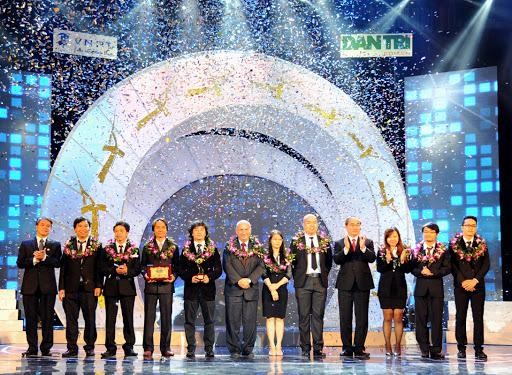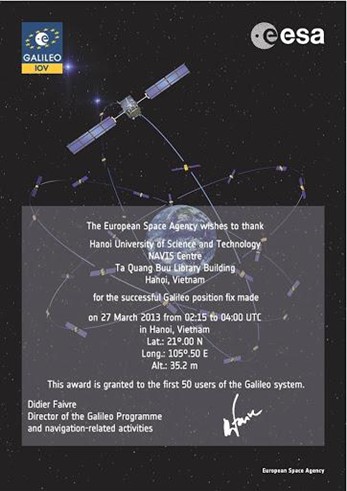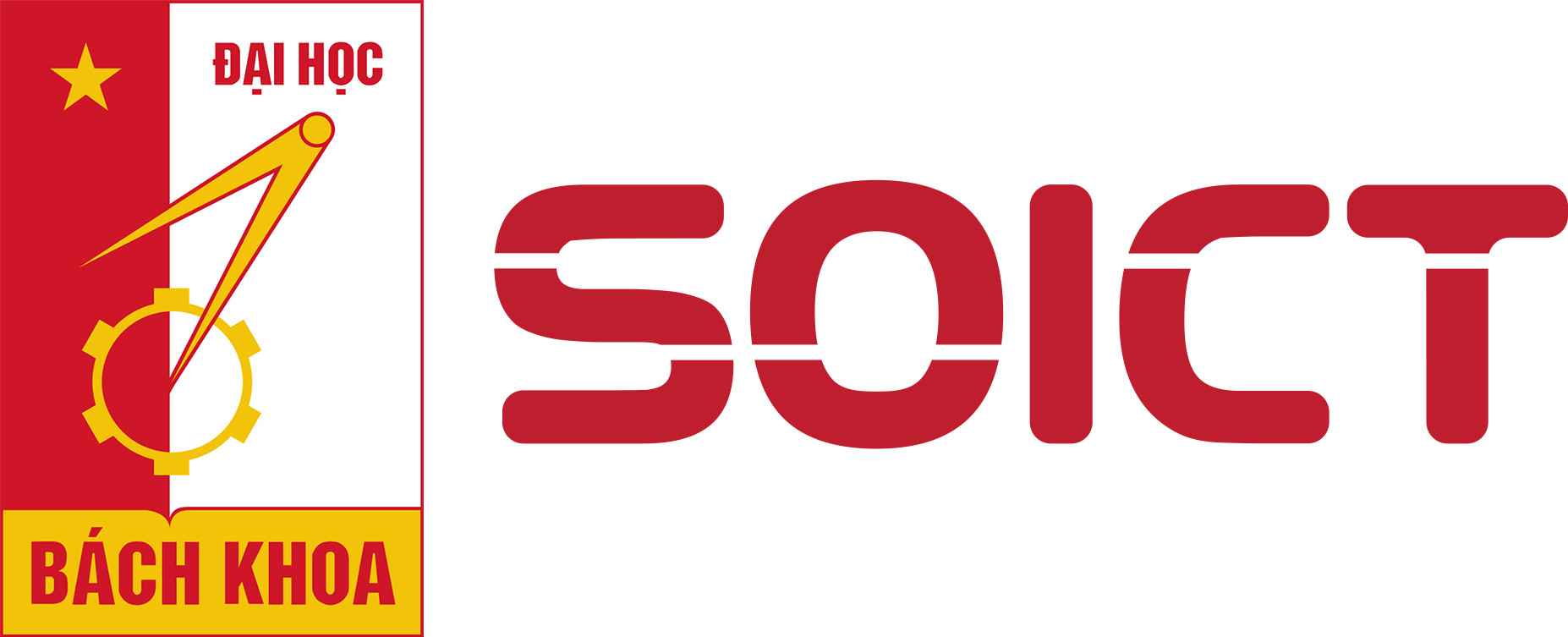
Introduction
Name: International Centre for R&D on Satellite Navigation Technology in South East Asia (NAVIS Centre)
Director: Assoc. Prof. La The Vinh
International Co-director: GS. Gustavo Belforte
Address: Room 605, Ta Quang Buu Library, Hanoi University of Science and Technology
Email: navis@hust.edu.vn
Website: navis.hust.edu.vn
Within the FP7 SEAGAL Project funded by the European Union, the International Center for Research and Development of Satellite Navigation Technology (NAVIS) was established at Hanoi University of Technology in 2010 with the aim of promoting research, development, training, and transfer of GNSS technology, especially European EGNSS (Galileo) technology in Southeast Asia.
In February 2012, the Center changed to an international center model mixed with the co-director mechanism of Vietnam and Italy. In February 2020, in order to streamline the management apparatus, Hanoi University of Science and Technology decided to merge the administration of the NAVIS Center to the Institute of Information and Communication Technology.
Over 10 years of establishment and development, NAVIS Center has built an extensive international cooperation network with European partners (Torino Polytechnic University, Catalunya Polytechnic University, LINKS, Research Institute about Italy’s Geophysics and Volcanoes, etc.), Japan, Australia, and Southeast Asian countries. Through international cooperation, the Center has been implementing international projects, as well as projects with good fund sources such as: FP7 (SEAGAL, Growing NAVIS), Horizon 2020 (BELS, BELS+), and many research contracts with important organizations such as: European Space Agency (ESA), European GNSS (GSA), Center for Joint Studies of the European Commission (JRC – EC) …
The center is currently deploying and operating 3 stations to monitor position signal quality:
- GNSS Multi-System Signal Monitoring Station: NAVIS is in cooperation with Japan Space Agency (JAXA). This is one of the 20 core stations of JAXA’s Multi GNSS Monitoring System (MGM-Net).
- GNSS/Galileo System Signal Monitoring Station: The center is now working with European Space Agency (ESA). The station focuses on analyzing the quality of European Galileo system signals outside of Europe.
- Ionospheric scintillation monitoring and detection station: NAVIS is cooperating with the Joint Research Center (JRC) of the European Commission (EC). The system is capable of detecting the ionosphere anomalies in Hanoi, collecting suitable data for analyzing the transistors’ robustness under difficult operating conditions.
The Center also has remarkable achievements in scientific research and technology transfer
- 2013: NAVIS is one of the first 50 units in the world, one of the first 3 units in Asia (along with 2 other centers of Japan and China), which was regconized by the European Space Agency – ESA) to have successfully constructed the Galileo System positioning system (similar to GPS, developed by the EU)
- 2015: Vietnam Talent Award 2015 with the product: “Set of GPS/GNSS positioning solutions applied in high precision positioning (cm size) and improving safety/security in satellite navigation – NAVISTAR”

NAVIS in Vietnam Talent Award 2015

The European Space Agency’s certificate confirms NAVIS is one of the first 50 Galileo signaling organizations in the world.
- From 2015: Cooperate with the Vietnam Road Administration in consulting, appraising, and developing standards related to the implementation of cruise monitoring systems, such as the Center of the Directorate for Roads (GSHT), The system of digital maps used in GSHT, regulation equipment for measuring time and distance of driving practice, regulations of driving practice simulation equipment, GSHT Equipment Regulation, etc.
- From 2016: deploy the monitoring systems for cash vehicles and special goods NAVISTAR for the State Bank, VietinBank, BIDV, etc.
- From 2017: Cooperate with the Department of Geodesy, Cartography and Geographic Information of Vietnam in evaluating and appraising the project documents of CORS network deployment in Vietnam.
- 2018: transfer bus distribution system and supervise NAVIMOS students to VinSchool.
- 2019: transfer NAVISIM signal simulation system to Center for Standards, Metrology and Quality 2 (QUATEST 2) – Da Nang.
NAVIS has also proven its reputation not only in Vietnam but also in the region: Assoc. Prof. Ta Hai Tung (former Director of the Center, currently the Director of the ICT Institute) was elected to be the co-chair of the Asian Multi-System Positioning Organization (GNSS.asia) – the largest GNSS center in Asia and Oceania – from 2016 to 2019; Assoc. Prof. La The Vinh (Director of the Center) has been a member of the Board of Directors since 2019.
